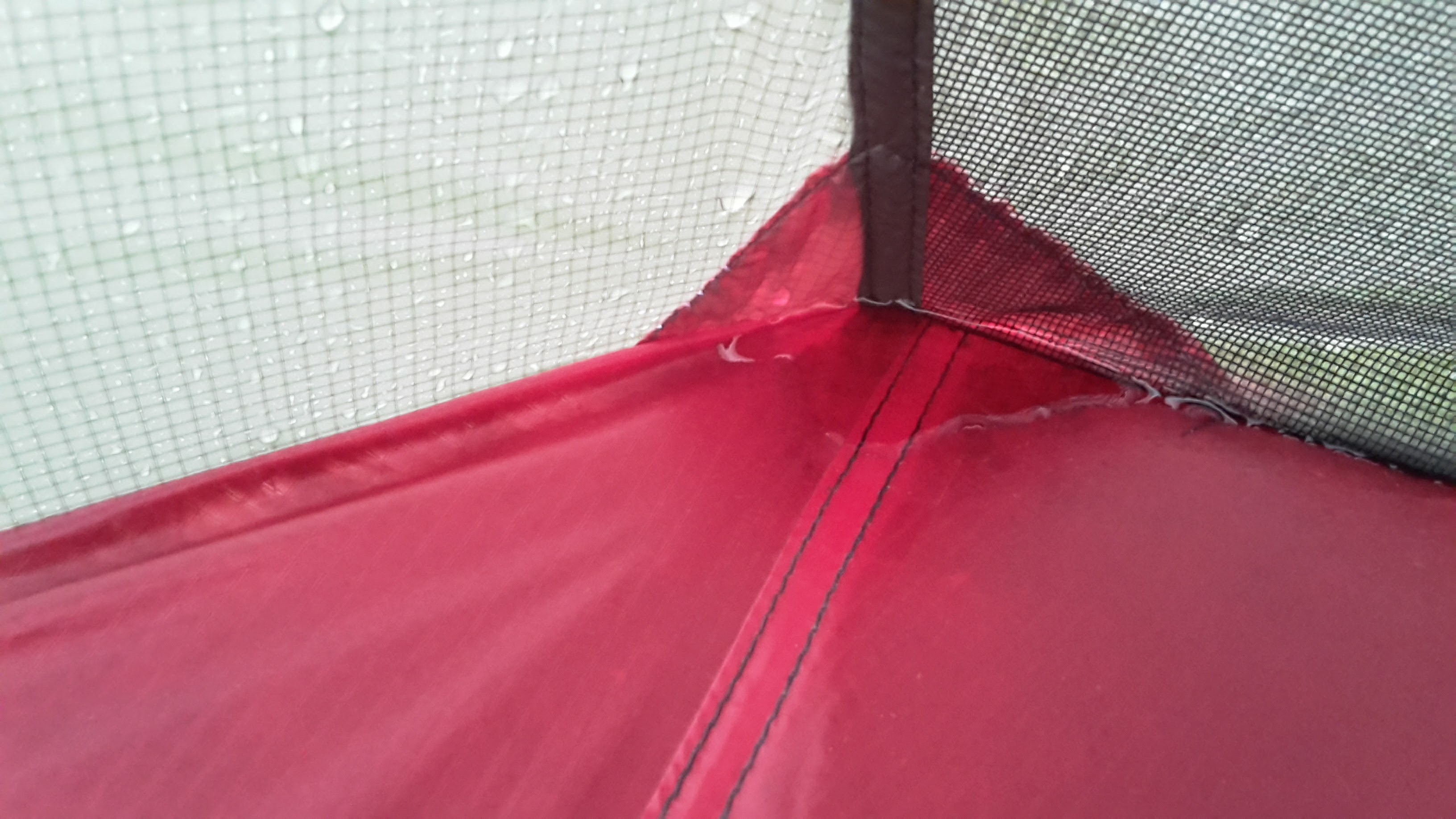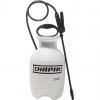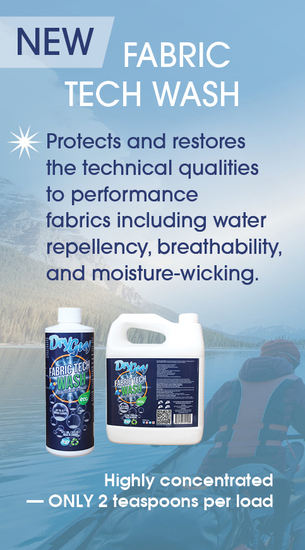It’s probably Condensation………..
Leaking versus Condensation, it’s the big battle, the showdown when trying to decide if there is a fault with your tent or if it’s just nature making your sheets soggy….
When moist, warm air comes into contact with either a surface or air that is colder than it is, the warm air cannot retain the same amount of moisture as it did and therefore water is released either into the air or onto the colder surface which causes condensation to form.
Most houses these days have double glazing which largely eradicates problems with condensation in most homes. However, some of us will be old enough to remember condensation dripping down the inside of an old single glazed window in the morning, that’s exactly happens in your tent or awning.
When you’re in a tent with a few other people, all breathing, talking and exhaling warm air. If it’s cold outside then the relatively warm air in the tent hits the cool fabric, it condenses into liquid form. Leaving your air vents open and even a door slightly open to allow a passage of air will reduce condensation, but if there’s not much of a breeze then unfortunately the cool moist air will remain in your tent and condensation will form. The fact is, the average person can produce up to one pint of condensation per night so if you have a big family, as they say in the USA…….do the math.
Condensation is more likely to be worse after a warm day when there’s a significant drop in temperature. Rainy conditions can also make things worse, especially due to the fact that those water droplets that might well stay in place and eventually evaporate in still conditions, will soon start to drip as the rain pounds and vibrates the fabric of your tent.
Condensation in Air Tents
If you have an air tent then you might well see water forming on and subsequently running down the beams and in extreme cases pooling at the base of the beams.
The air which circulates around the beams is insulated and warm. When it rains and the temperature outside suddenly drops then the temperature of the air inside the beams drops quite quickly. At this point moisture will appear as water droplets on the beams themselves and start to run. It’s not surprising that this confluence of events makes many people think that rain is coming in where the beams meet the fabric of the tent. In reality it’s more than likely good old condensation. We think it’s worth putting up with a little bit of soggy beam every now and then bearing in mind the wealth of benefits offered by a modern Air Tent.
If you have a wet tent then a good way to dry it is to wipe it down with a cloth or towel.
Condensation will mostly be a problem in Polyester tents as the fabric isn’t breathable. Polycotton tents breath so condensation is less of an issue in these models.
Next time you go camping you can keep condensation to a minimum by storing any wet gear outside if possible. Don’t cook inside (condensation can be the least of your worries here…) Try and pitch in a spot that gets a bit of natural breeze, and if the surface looks a bit wet, don’t touch the sides!
If it’s a bit chilly in the evening and you have a heater on, beware, you will pay for it with condensation in the morning!



















Comments